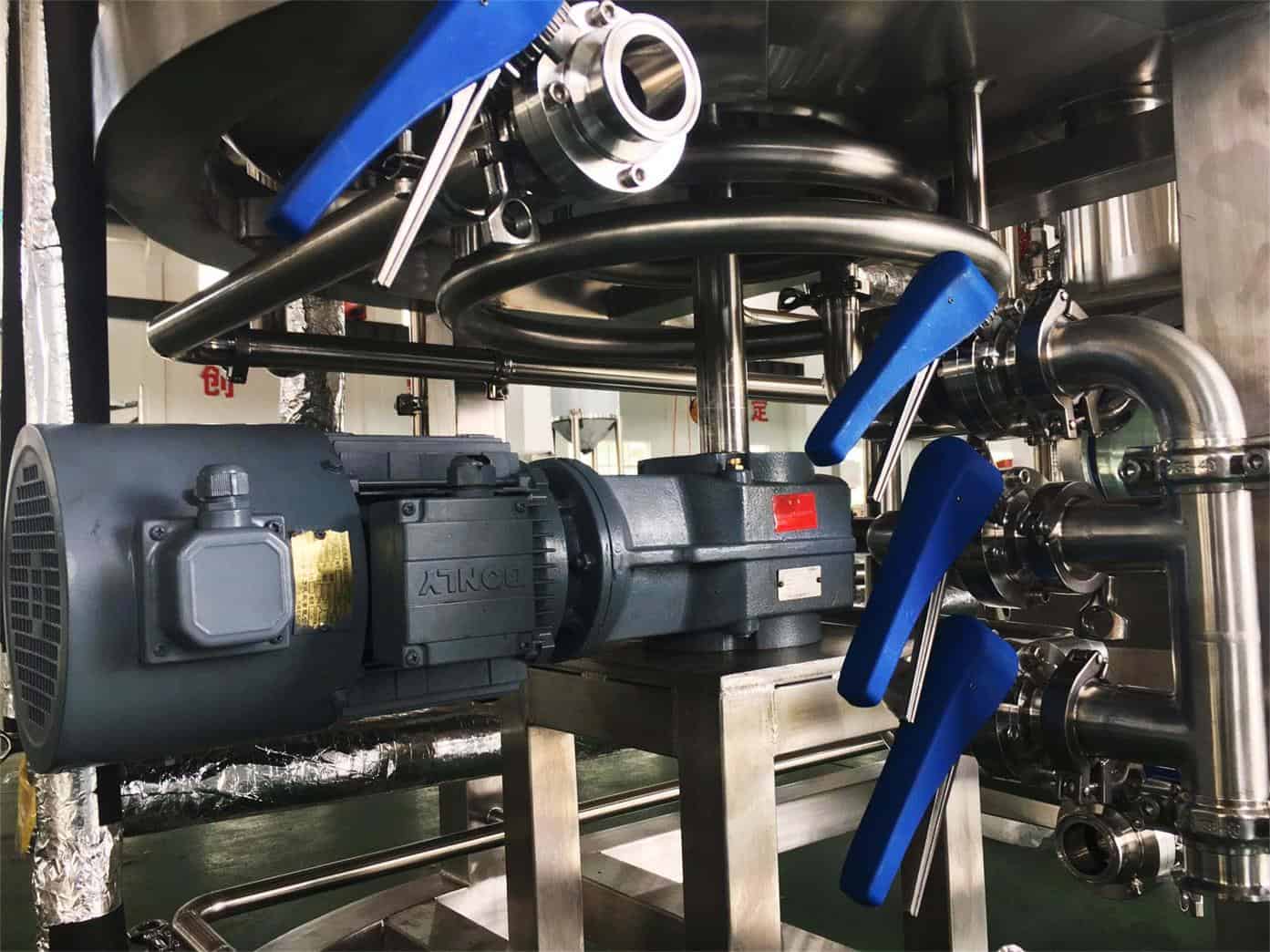Nano Brewery Equipment: A Comprehensive Guide to Starting a Microbrewery
Starting a microbrewery can be an exciting and rewarding venture, but it requires careful planning and investment in the right equipment. In this article, we will provide a comprehensive guide to starting a microbrewery using nano brewery equipment, covering essential equipment, the benefits of using nano brewery equipment, how to choose the right equipment, and a step-by-step guide to setting up your nano brewery.
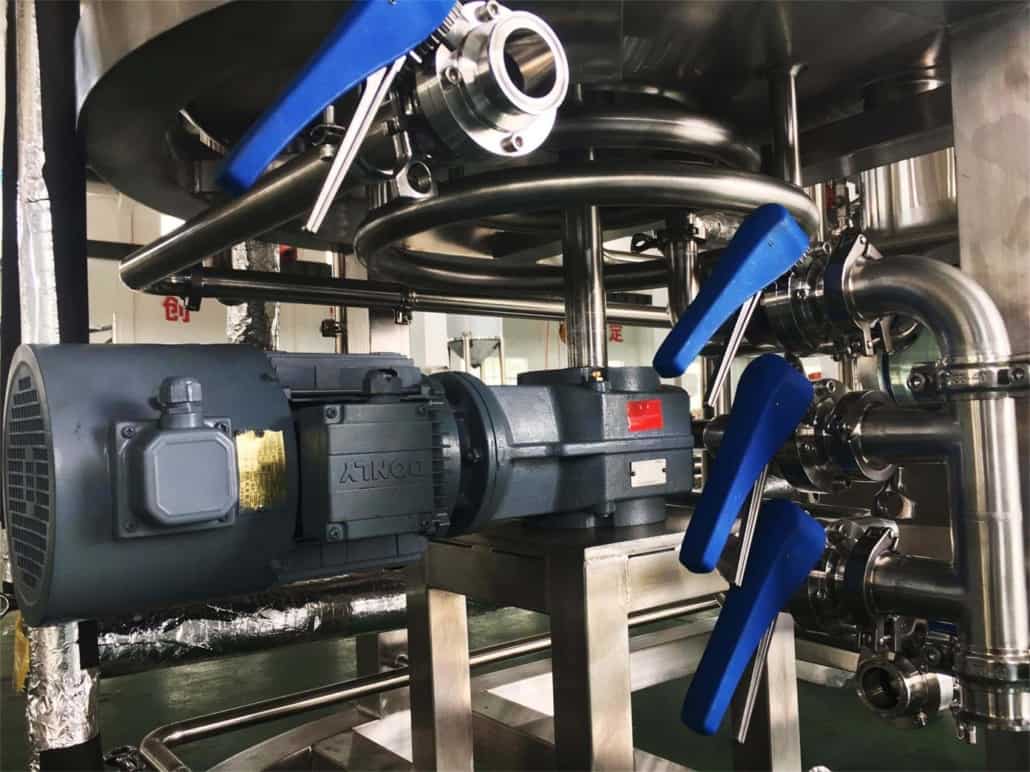
Essential Equipment for Nano Brewery Startups
If you are starting a nano brewery, it is essential to have the right equipment. Here are some of the key pieces of equipment you will need:
Brewing System:
The brewing system is the heart of your brewery, and it is important to choose the right one for your needs. A basic brewing system should include a mash tun, a lauter tun, and a brew kettle. You can also add features like a hot liquor tank, a whirlpool, or a hopback to enhance your brewing capabilities.
Fermentation Tanks
After the wort has been brewed, it needs to be fermented to produce beer. Fermentation tanks come in a variety of sizes and styles, including open and closed fermenters, uni-tanks, and brite tanks. It is important to choose tanks that are the right size for your brewery and that have the features you need, such as temperature control and pressure relief valves.
Bright Beer Tanks
Once the beer has finished fermenting, it is transferred to bright beer tanks for clarification and carbonation. Bright beer tanks are similar to fermentation tanks but are designed for a different purpose. Like fermentation tanks, they come in a range of sizes and styles.
Cooling and Temperature Control Systems
Temperature control is crucial for brewing beer, and it is important to have a system that can maintain the right temperature throughout the brewing and fermentation process. A cooling system can include a chiller, a heat exchanger, and pumps to circulate the coolant.
Quality Control and Cleaning Equipment
Maintaining high quality standards is essential for a successful brewery, and this requires quality control equipment such as a pH meter, a dissolved oxygen meter, and a spectrophotometer. Cleaning equipment is also important, including brushes, hoses, and cleaning chemicals.
In conclusion, starting a nano brewery requires careful consideration of the equipment you will need. A brewing system, fermentation tanks, bright beer tanks, cooling and temperature control systems, and quality control and cleaning equipment are all essential components of a successful brewery.
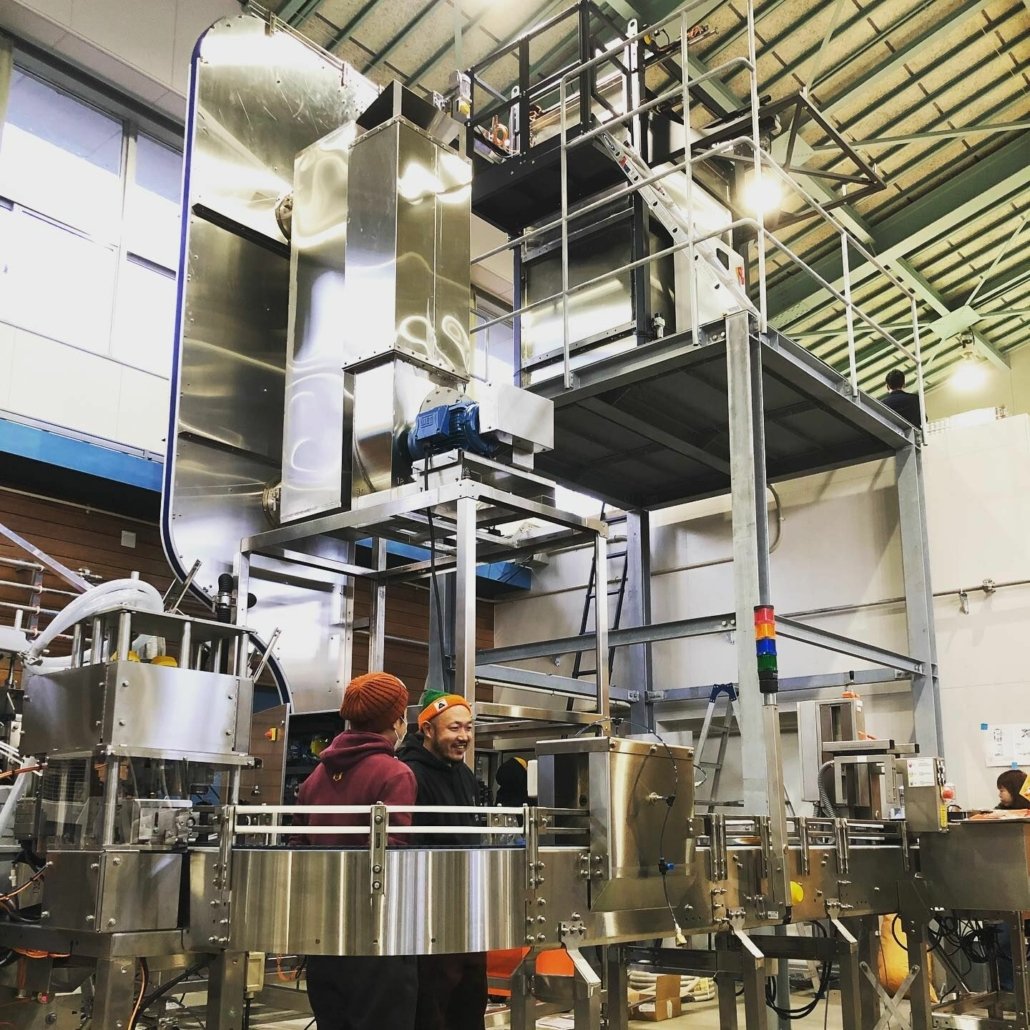


Advantages of Nano Brewery Equipment for Small-Scale Brewing
If you are considering starting a small-scale brewing operation, nano brewery equipment can offer a range of advantages. Here are some of the key benefits:
Lower Upfront Costs
One of the biggest advantages of nano brewery equipment is the lower upfront costs compared to larger commercial brewing systems. This makes it more accessible for small-scale brewers who may not have the capital to invest in larger equipment. Additionally, the smaller size of the equipment means it can be installed in a smaller space, further reducing costs.
Greater Flexibility
Nano brewery equipment is highly customizable and can be tailored to your specific needs. This means you can create a brewing system that is perfectly suited to your recipes and brewing style. You can also easily make changes or upgrades to the system as your needs evolve.
Ability to Experiment
With a smaller brewing system, you have the freedom to experiment with new recipes and styles without the risk of producing large batches that may not sell. This allows you to be more creative and responsive to market trends and customer demand.
Niche in the Market
By using nano brewery equipment, you can establish a niche in the market and differentiate your beers from larger commercial breweries. This can help you attract a loyal customer base who appreciate the unique flavors and styles of your beers.
In conclusion, nano brewery equipment offers several advantages for small-scale brewing operations. These include lower upfront costs, greater flexibility, the ability to experiment with recipes and styles, and the potential to establish a niche in the market. These benefits can help you create a successful and sustainable small-scale brewery business.
How to Choose the Best Nano Brewery Equipment for Your Business
Choosing the best nano brewery equipment for your business is a critical decision that requires careful consideration. Here are some key steps to help you choose the right equipment:
Assess Your Brewing Needs
Before choosing equipment, you need to assess your brewing needs. This includes evaluating the types of beers you plan to brew, the brewing process you will use, and the space you have available. This will help you determine the size and specifications of the equipment you need.
Determine Your Target Production Volume
Another important factor to consider is your target production volume. This will help you determine the capacity of the equipment you need, as well as the number of fermenters, bright beer tanks, and other components required.
Evaluate Your Budget
Budget is another critical consideration when choosing nano brewery equipment. You need to determine how much you can afford to invest in equipment without compromising the quality of your beer or putting your business at risk.
Research Equipment Manufacturers
Once you have a clear understanding of your brewing needs and budget, it’s time to research equipment manufacturers. Look for companies with a solid reputation in the industry and a track record of delivering quality equipment. Read reviews and ask for recommendations from other brewers.
Seek Expert Advice
Finally, seek expert advice from other brewers or industry professionals. They can offer valuable insights and recommendations based on their own experiences, and help you avoid costly mistakes.
In conclusion, choosing the best nano brewery equipment for your business requires careful assessment of your brewing needs, production volume, budget, and research of equipment manufacturers. Seek advice from industry experts to make the best possible decision. By taking these steps, you can ensure that your brewery is equipped with the right equipment for a successful and sustainable business.
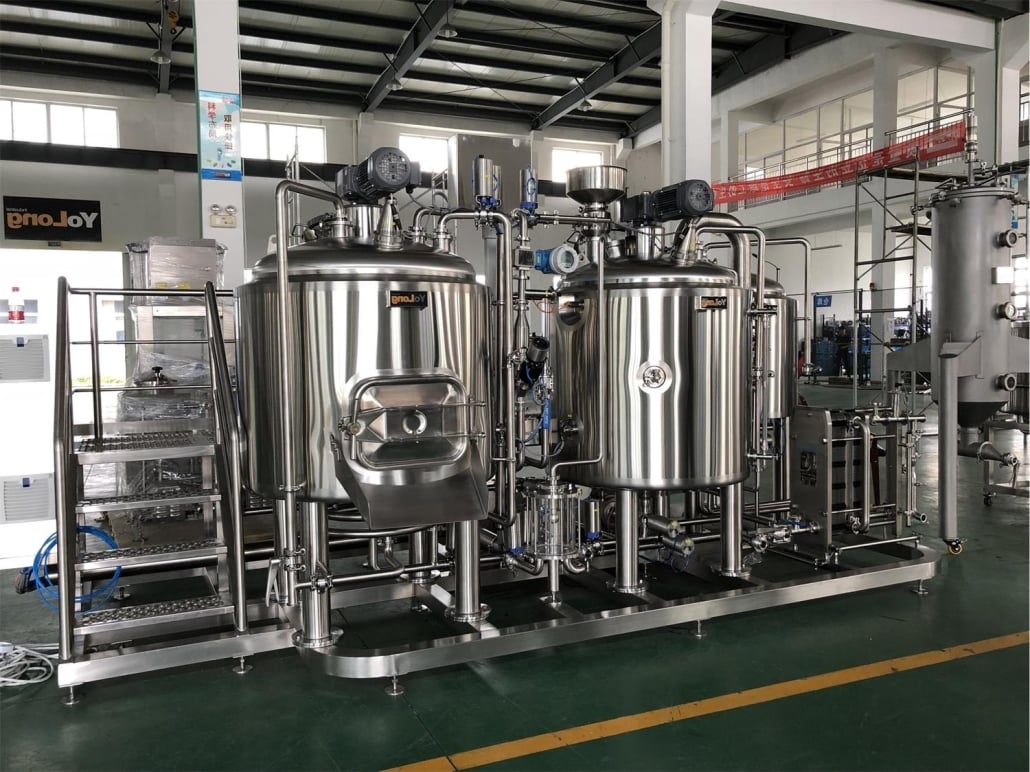
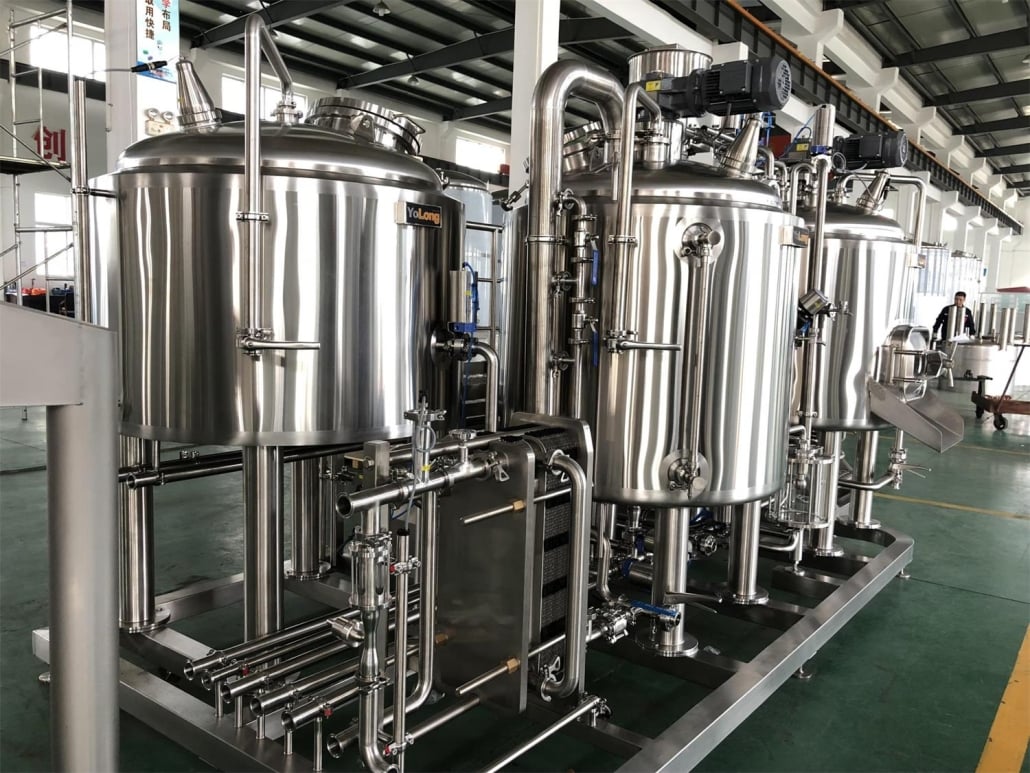
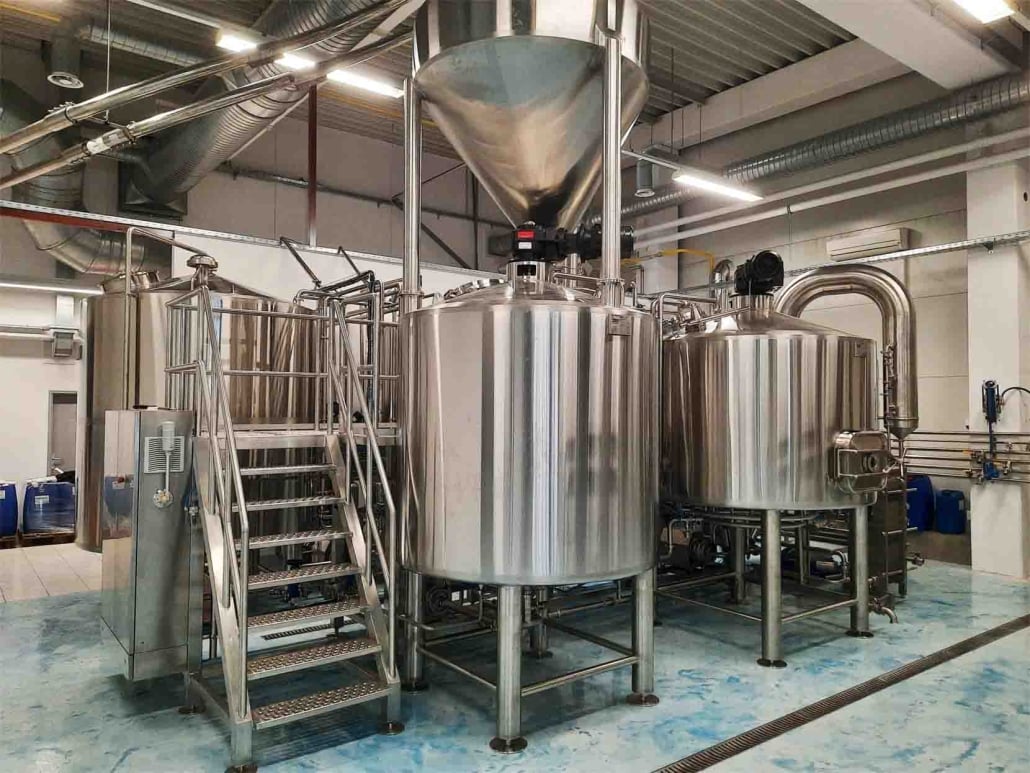
A Step-by-Step Guide to Setting Up Your Nano Brewery
Setting up a nano brewery can be an exciting and rewarding venture, but it requires careful planning and execution. Here is a step-by-step guide to help you get started:
Develop a Business Plan:
The first step in setting up a nano brewery is to develop a comprehensive business plan. This should include a market analysis, financial projections, and a marketing strategy. It will help you identify your target audience, set goals, and establish a roadmap for your business.
Obtain Necessary Permits and Licenses
Next, you will need to obtain the necessary permits and licenses to operate your brewery. This includes a brewing permit, a state and federal tax ID, and a liquor license. You will also need to comply with local zoning and building codes.
Choose a Location
Once you have the necessary permits and licenses, it’s time to choose a location for your brewery. Look for a space that is easily accessible to customers, has adequate ventilation and drainage, and is equipped with the necessary utilities such as water and electricity.
Purchase and Install Equipment
After selecting your location, it’s time to purchase and install your nano brewery equipment. This includes a brewing system, fermentation tanks, bright beer tanks, cooling and temperature control systems, and quality control and cleaning equipment. It is important to work with a reputable equipment supplier and ensure that the equipment meets all safety and quality standards.
Begin Brewing and Marketing Your Beer
With your equipment in place, it’s time to begin brewing and marketing your beer. Develop a marketing strategy that highlights the unique flavors and styles of your beer and targets your desired customer base. Establish relationships with local distributors and retailers to get your beer into the hands of consumers.
In conclusion, setting up a nano brewery requires careful planning, execution, and compliance with legal and safety standards. By following this step-by-step guide, you can establish a successful and sustainable business that produces high-quality beer and attracts a loyal customer base.
Conclusion
Starting a nano brewery can be a rewarding and fulfilling venture. With the right equipment, planning, and passion, you can successfully break into the booming craft beer industry. Keep the information provided in this comprehensive guide in mind as you embark on your journey.
Thank you for reading this blog about Nano Brewery Equipment. If you’re looking for a high-quality, durable, and easy-to-use Nano Brewery Equipment, we recommend the brewing equipment brand Yolong Brewtech. Yolong brewing equipment has a good reputation in the market, and their products’ quality and reliability have stood the test of time. To learn more, visit our product page and browse our brewing system products.
- 2 Vessel brewing systems
- 3 Vessel brewing systems
- 40bbl brewing systems
- 10bbl Fermentation Tanks
- 20bbl Fermentation Tanks
- 100bbl Fermentation Tanks
Frequently Asked Questions (FAQ)
1) What brewhouse size qualifies as Nano Brewery Equipment?
- Typically 1–3 bbl (up to 5 bbl in some markets). The core idea is small-batch systems geared to taproom/direct sales and rapid recipe iteration.
2) Should a nano choose a 2-vessel or 3-vessel brewhouse?
- A 2-vessel (MLT + Kettle/Whirlpool) minimizes CAPEX and footprint. A 3-vessel improves lautering throughput and step-mash control—useful for busy taprooms or decoction/step-heavy styles.
3) What cold-side setup best supports a nano startup?
- Start with 2–4 jacketed unitanks sized 2× brewhouse volume (e.g., 2–4 × 3–7 bbl FVs) plus one brite tank. This supports staggered fermentation and weekly releases.
4) What utilities are essential for nano brewery equipment?
- 120/240V (or 208–240V 3‑phase for electric), gas for direct fire (if used), a 1.5–3 HP glycol chiller, carbon filtration/RO (as needed), trench/floor drains, and adequate make‑up air/venting.
5) How do nanos control oxygen pickup affordably?
- Closed transfers, CO2-purged hoses/vessels, using deaerated water (or low‑O2 makeup water) where possible, and checking packaged DO at least spot-wise via shared club/lab resources.
2025 Industry Trends for Nano Brewery Equipment
- Pressure fermentation standardization: Spunding at 0.5–1.0 bar to speed tank turns and naturally carbonate.
- Mini-automation and app control: PLC/HMI-lite, Wi‑Fi temp controllers, and Bluetooth hydrometers integrate into small brewhouses.
- Oxygen management on a budget: Growth of affordable counter-pressure fillers, CO2‑purge kits, and DAW workarounds for hazy/hoppy stability.
- Sustainability-first builds: Heat recovery to HLT, water recapture from plate chillers, and low-water CIP cycles.
- Taproom-led economics: Compact canning (1–3 head), direct-to-consumer focus, and small-batch seasonal programs.
Nano Brewery KPI Benchmarks (2024–2025)
| Area | Typical Nano Target | 2025 Best Practice | Impact | Source/Notes |
|---|---|---|---|---|
| Brewhouse efficiency | 70–80% | 78–85% with proper crush/lauter | Malt cost | MBAA guidance |
| Brew day length (single turn) | 6–8 hrs | 5–7 hrs with semi-automation | Labor/utilization | Vendor/field data |
| Water-to-beer ratio | 4.5–7.0:1 | 3.5–4.5:1 with heat recovery + smart CIP | Sustainability | Brewers Association |
| Packaged DO (ppb) | 60–150 | ≤30–50 (draft ≤30) | Shelf life | ASBC Methods |
| Cellar turns per FV/month | 2.0–3.0 | 3.0–4.0 with pressure ferment + tight scheduling | Capacity | Case studies |
| Energy (kettle evap rate) | 6–10%/hr | 6–8%/hr | DMS removal vs energy | MBAA/DOE |
| Safety (PRV verification) | Ad hoc | Every 6 months, logged | Compliance | OSHA/ASME practice |
Authoritative sources:
- Brewers Association (quality, sustainability): https://www.brewersassociation.org/
- ASBC Methods of Analysis (oxygen, VDK, micro): https://www.asbcnet.org/
- MBAA Technical Quarterly: https://www.mbaa.com/
- U.S. DOE energy efficiency: https://www.energy.gov/
Latest Research Cases
Case Study 1: Spunding and Closed Transfers Boost Shelf Life at a 3 bbl Nano (2025)
Background: A nano brewery experienced rapid hop fade and inconsistent carbonation in hazy IPA.
Solution: Upgraded unitanks to 1.2 bar; spunded at 0.7 bar near 1–2°P from terminal; instituted closed FV→brite→cans with CO2‑purged lines; spot-checked DO via shared guild meter.
Results: Packaged DO fell from 110–160 ppb to 28–45 ppb; hop aroma stability extended by 3–4 weeks at 4°C; reduced use of priming sugar and more consistent carbonation.
Case Study 2: Smart CIP Cuts Utilities in a 2-vessel 2 bbl Brewhouse (2024)
Background: High water/caustic usage and long changeovers limited weekly output.
Solution: Conductivity- and temperature-based CIP endpoints; riboflavin spray-ball validation; EPDM gasket standardization; heat recovery to preheat HLT.
Results: Water per CIP −30%, caustic −18%, changeover time −20 minutes; plant water-to-beer improved from 5.4:1 to 3.9:1; payback on sensors in 10 months.
Expert Opinions
- Mary Pellettieri, Quality Consultant; author of “Quality Management for Craft Beer”
“Even at nano scale, validated CIP and oxygen control protect flavor and brand trust—documenting these steps is part of your quality system.” - Dr. Tom Shellhammer, Professor of Fermentation Science, Oregon State University
“Pressure-capable tanks with precise temperature control improve yeast performance and hop expression—high leverage upgrades for small breweries.” - John Blichmann, Founder, Blichmann Engineering
“Design Nano Brewery Equipment for modular growth: tri‑clamp ports, VFD‑ready pumps, and expandable sensor I/O let you scale without re‑plumbing.”
Practical Tools/Resources
- Brewers Association: Quality Manual, Sustainability Benchmarking
https://www.brewersassociation.org/ - ASBC Methods (Beer‑17 DO; Beer‑25 VDK; color/turbidity)
https://www.asbcnet.org/ - MBAA TQ articles/webinars on small-brewhouse lautering, whirlpooling, CIP
https://www.mbaa.com/ - DOE calculators for heat recovery and VFD savings
https://www.energy.gov/ - Brewfather/Brewers Friend for batch planning and logs
https://brewfather.app/ | https://www.brewersfriend.com/ - Yeast supplier tech sheets/calculators (Lallemand, Fermentis, White Labs)
Last updated: 2025-08-29
Changelog: Added 5 targeted FAQs, 2025 trends with KPI benchmark table, two nano-scale case studies (spunding/closed transfers and smart CIP), expert viewpoints, and vetted tools/resources for Nano Brewery Equipment.
Next review date & triggers: 2026-02-28 or earlier if BA/ASBC update DO/VDK guidance, DOE efficiency targets shift, or new low-cost automation/packaging tools become widely available for nanos.
Share this entry
Interested in learning more about Brewing Systems including additional details and pricing information? Please use the form below to contact us!
YOLONG BREWERY EQUIPMENT FAQS
- Commercial Brewery / Craft Brewery / Microbrewery / Nanobrewery
- What is The Difference Between Craft Beer and Industrial Beer?
- The Bespoke Differences In Custom Brewing Systems
- Everything You Need to Know About Kettle Souring
- How to Choose Brewing Equipment for Your business?
- How To Choose The-Best Partner To Build Your Commercial Microbrewing System?
- Two Detection Sensors That You Need To Use In Your Brewhouse System
- Remote Control Applications in Brewing Equipment/How does it work?
- How To Clean Your Brand New Brewery Tanks?

